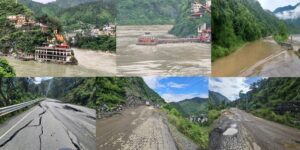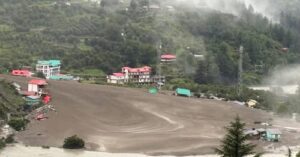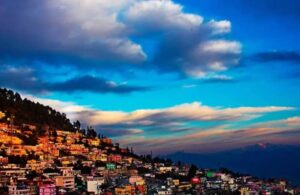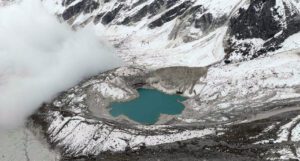The Himalaya Day
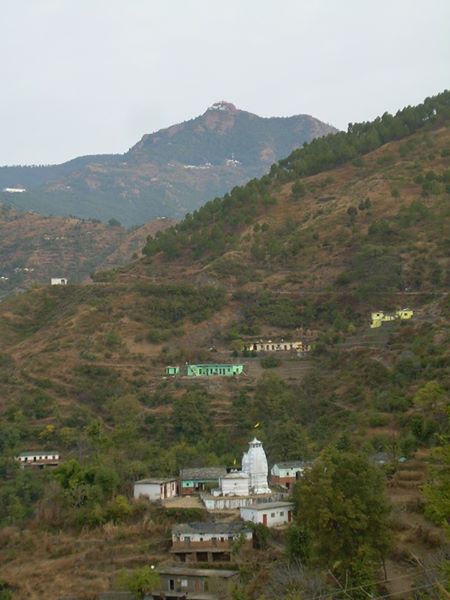
Dr. M. C. Sati
The Himalayan region is bestowed with a variety of ecosystems, large forest cover, and rich floral and faunal biodiversity with unique habitations, abundant water resources, and diverse socio-cultural groups.
It provides extremely valuable ecosystem services and livelihoods to not only to the people living in this region but also to those living in the downstream within and outside the countries. However, the unique floral and faunal wealth of the Himalayas is undergoing structural and compositional changes due to climate change. It’s difficult terrain, variable agro-climatic conditions, risks to natural hazards, poor accessibility and infrastructure and poor socio-economic development causes it to lag behind from rest of the country. The incidences of recurring floods, landslides and forest fires causing huge loss to life, property and natural resources are becoming regular phenomena. The Himalayan ranges are young and have unstable steep slopes due to active tectonics and have a climate that is difficult to predict. As a result, the region is highly susceptible to natural hazards such as flash floods, landslides and large magnitude earthquakes. Also, increasing anthropogenic pressures coupled with unscientific development, exploitation of natural resources and climate change in the recent times have threatened the sustenance of the ecosystem services being provided by the Himalayan region and has even probably aggravated the frequency and intensity of the occurrence of natural hazards. The increased climate vulnerability to human-induced environmental impact compels people to live in the shadow of natural hazards. In the specific context of Indian Himalayan States, Government of India should take immediate steps to set up a platform for integrated planning and development for the Himalayan region with close coordination to all Himalayan states. The development experience of other developed countries like European Alpine nations, particularly Switzerland and Austria can be utilized so that the best practices and technical framework can enrich safe developmental work in our own Himalayan region.
Writer is a professor at H .N. B. Garhwal University
Photo – C. M. Thapliyal

